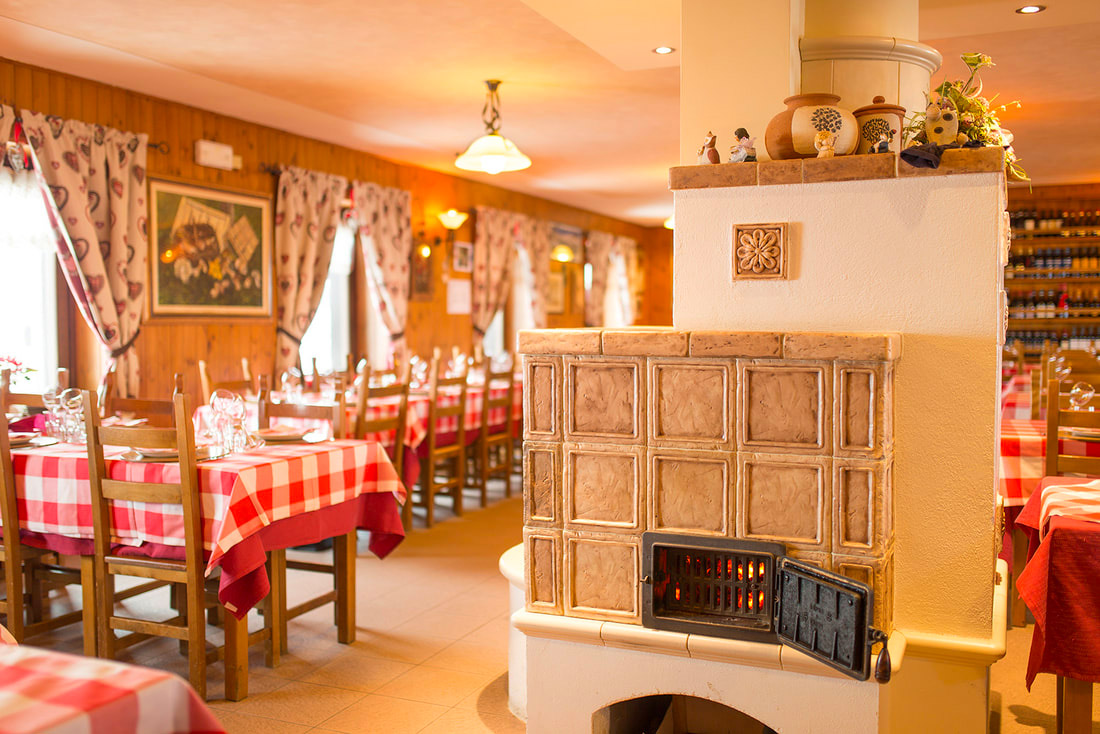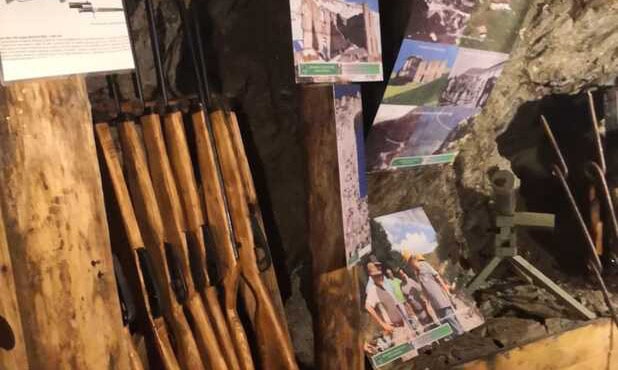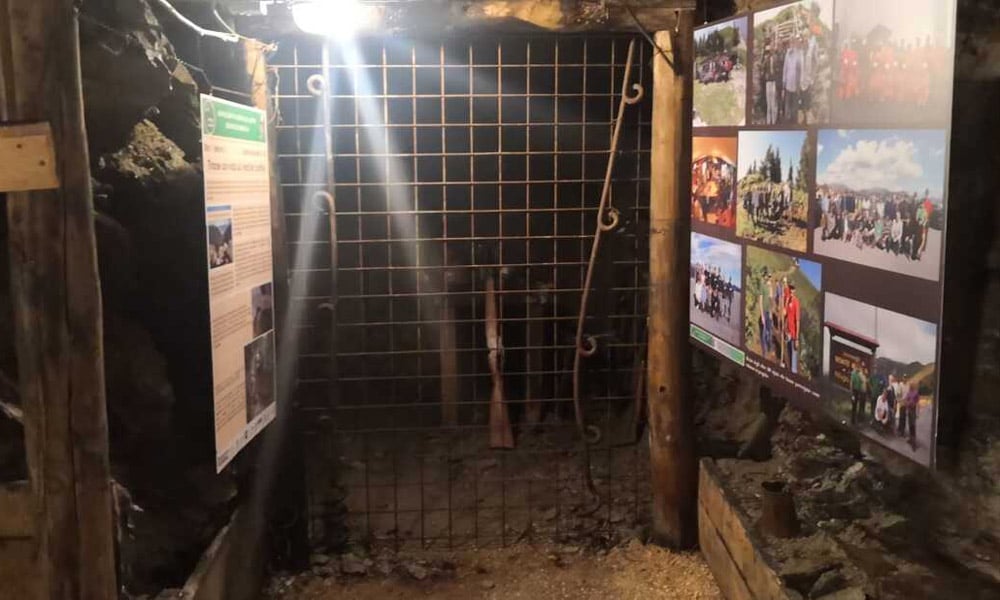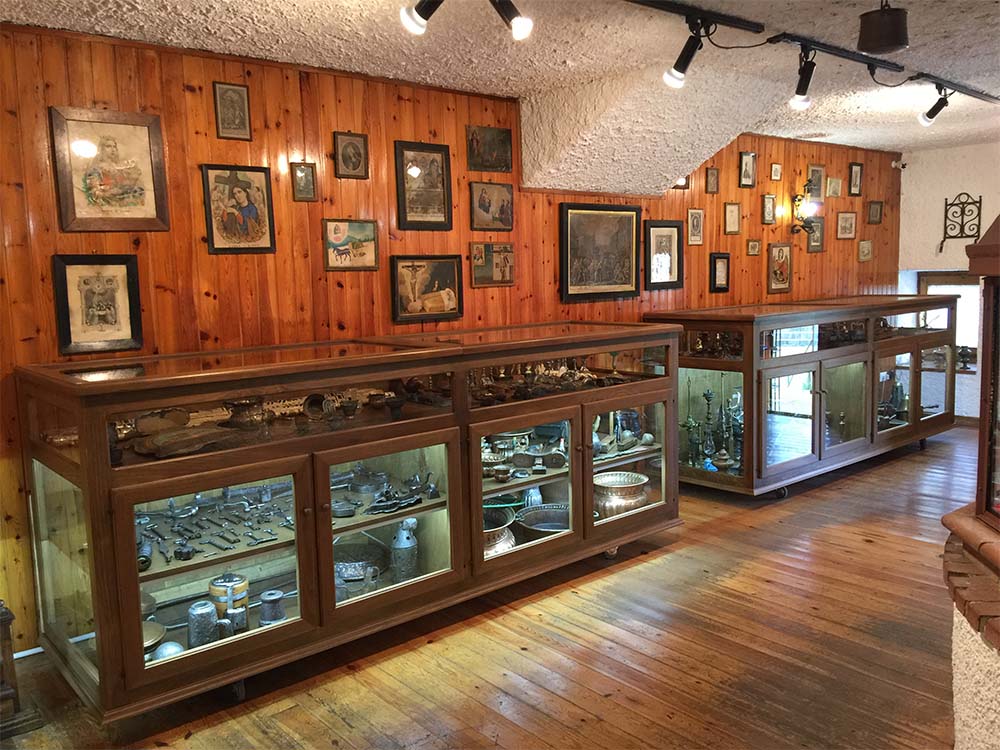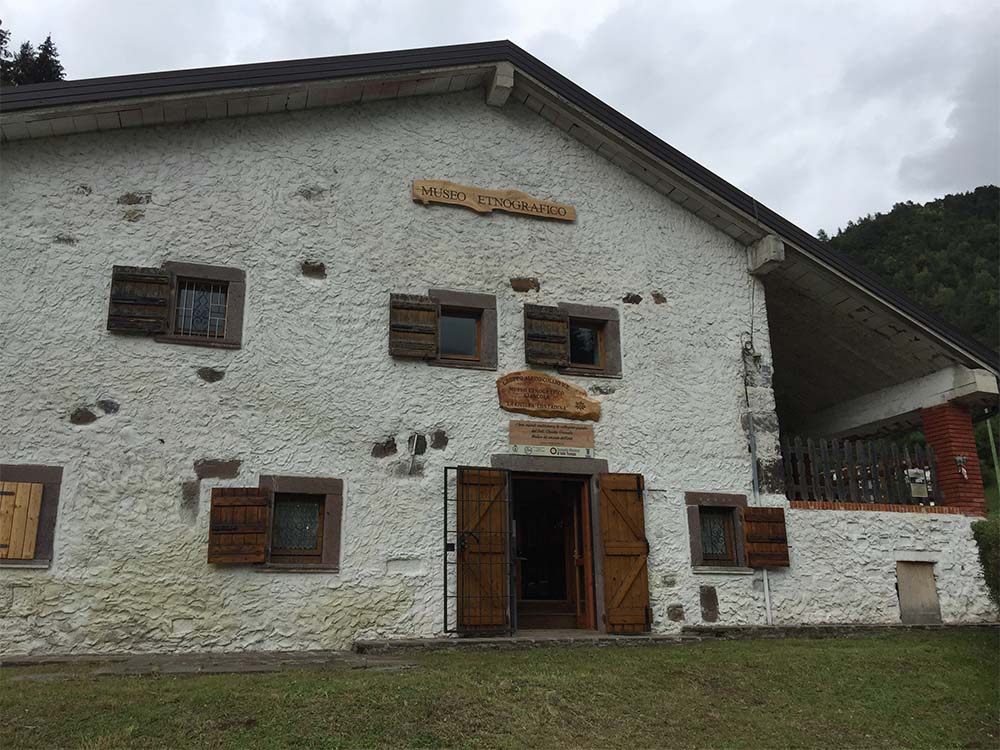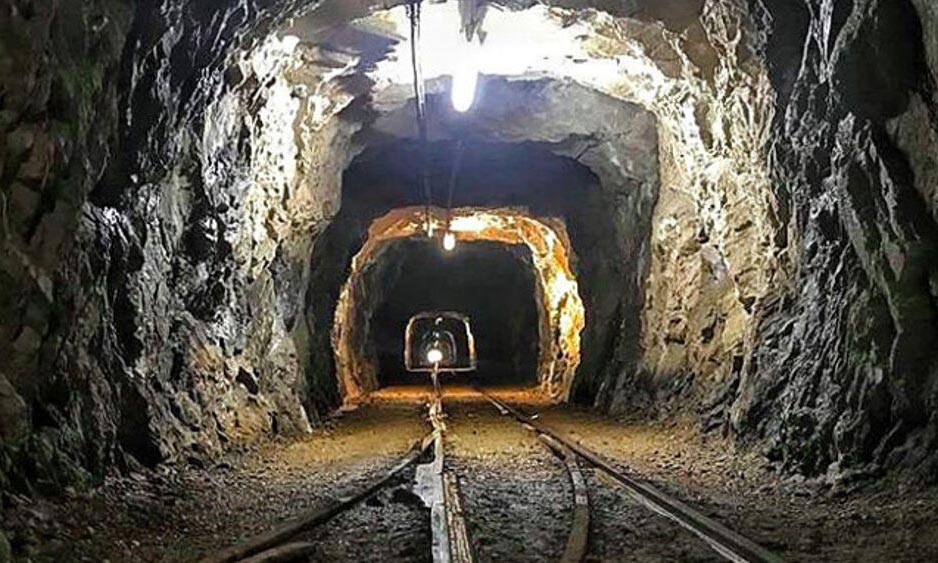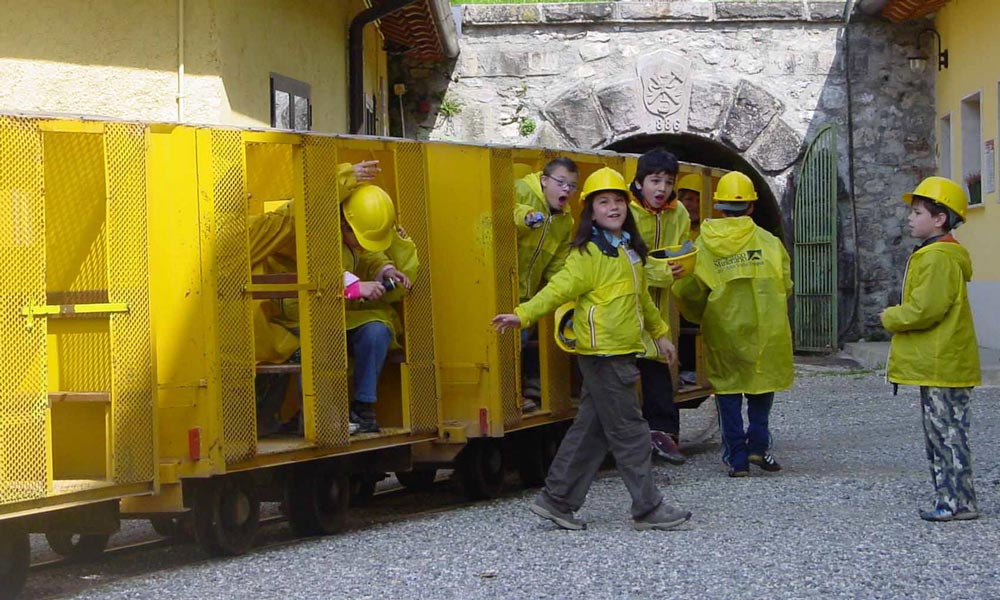The Maniva Trenches
The project for the restoration of Maniva’s First World War artifacts is an initiative of the Alpine Section of Brescia, which aims to keep the memory of the Great War alive, by transforming the trenches, artillery and shelter caves of these places into a kind of monument.
After the Treaty of Vienna of 1866, the borders between Italy and Austria lay not far from Bagolino, and the Crocedomini-Maniva sector constituted a line of defence to protect it. The entire area of Maniva was fortified and when Italy entered the war on 24 May 1915 the upper valley became a military zone: at midnight the 45th battalion’s target groups crossed the border at Ponte Caffaro – already abandoned by the Austrians who had in the meantime withdrawn into the fortified area of Lardaro.
The Maniva lost importance but on October 24, 1917, following the defeat of Caporetto, it was once more of strategic significance and the fortification works were resumed. All the works were carried out by volunteers. These works brought to light eight tunnels now full of earth and debris, aeration wells, sighting stations and trenches, located along the 3v path to Dosso Alto The biggest job, however, was the reopening of the bunker and asylum located on Mount Maniva.
Visits to these places last about 1 hour and will allow you to explore the sites of the Great War. Sportswear with hiking shoes and a sweatshirt/jacket is recommended for access to the bunker. A protective helmet is also provided for access to the bunker.
Ethnographic Museum
The “C.Giancola” Ethnographic Museum in Collio occupies a rural twentieth century building in the vicinity of the tennis courts in via Bagozzi.
Named after Claudio Giancola, a physician, collector and art lover from Colli who died in 2014 in Turin, the museum preserves and exhibits to the public a collection of 1,300 objects of various kinds (ironwork, tools related to the countryside, keys, locks, devotional objects) that the doctor kept in his home in a sort of private museum.
Following his death, the family entrusted the collection pro tempore to the Collio ANA Group which, thanks to support from the Municipality, the Mountain Community of Valle Trompia, the Province of Brescia and the local association Living Our History, was able to open the site to the public in August 2020.
Over the years, the museum has been enriched with other objects donated by local families such as the beautiful 17th-century loom, from the hamlet of Ivino, restored and reassembled in a special room.
Since 2021, the “C.Giancola” Ethnographic Museum in Collio has been included in the Valle Trompia Museum System and is a stop on the Via del Bosco (Forest Route) of the Valle Trompia Ecomuseum
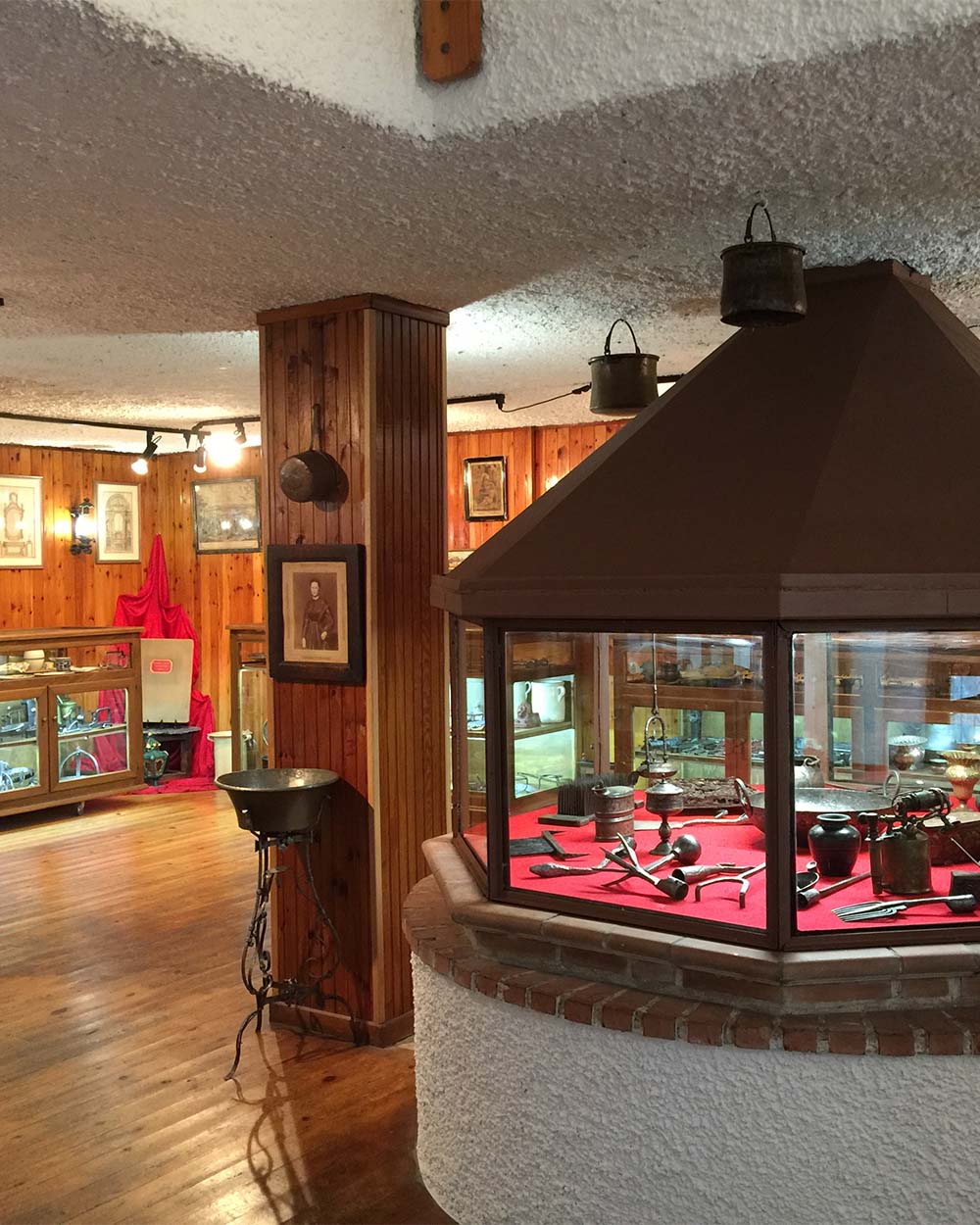
The Golden Spike
In the modern international geological scale, the boundaries between the subdivisions of the different periods must be defined according to a globally recognised reference point. This point is called the Global Stratigraphic Section and Point or briefly “golden spike” which, symbolically, indicates the exact position of the limit.
In 2005, the geological site of Romanterra, in Bagolino, was chosen as a reference point for the boundary between the ANISIC and LADINIC planes for the representativeness of the outcrop, for its fossils and for the precision of the dating of its layers. It is one of the few geological sites in the world that has been recognized as a Golden Spike.
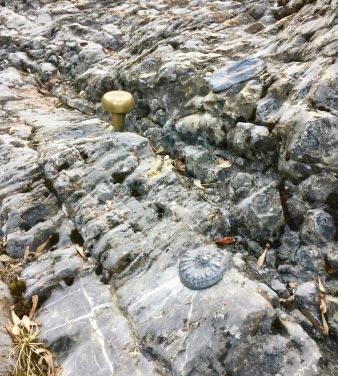
The Val Trompia mines
Val Trompia – still known all over the world for its very high level of expertise in the technical and artistic processing of iron and steel – boasts a mining and steel tradition that has its roots in Roman times or even before.
The iron mines (siderite), but also barite and fluorite mines, together with the furnaces and forges that developed in the territory during the Middle Ages constituted a seasonal alternative to the management of the herds and working of the fields for numerous families in the area. It is among these rugged mountains that a rough, but incredibly ingenious, population reached levels of production that attracted the attention of the great Leonardo da Vinci, sent to Val Trompia by Ludovico il Moro, Duke of Milan, at the end of the fifteenth century.
MARZOLI MINE IN PEZZAZE
Board the yellow train and visit the ancient tunnels: an illuminated route suitable for everyone, retracing the various steps of the miners’ work through tools, sounds and vintage photographs.
The visit to the gallery is complemented by the museum space dedicated to the Miners’ World and the art of Ironmongery, dedicated to the historical-scientific illustration of the mining activity of the area and the iron works of the sculptor Vittorio Piotti (1935-2000).
SANT’ALOISIO MINE
Explore the abandoned tunnels with a light helmet in an immersive experience on a 2.5km route or climb the adventure park built in the old mineral treatment plants.
The Sant’Aloisio Mine is also a speleotherapy centre: a therapeutic treatment based on visits to natural caves or abandoned mines, characterised by atmospheric and environmental parameters suitable for curing various diseases of the respiratory tract, in particular asthma
rizzate da idonei parametri ambientali, al fine di curare alcune malattie del tratto respiratorio, in particolare l’asma.
Other museums and historical and artistic itineraries not to be missed near Maniva are: The Iron Way, the Ecomuseum Val Trompia, Things to Do in Val Trompia, The Museum of Arms, the Mining Park, the Museum of the Great War, the Melting Furnace, the Vittoriale (house of D’Annunzio), the Museum of Santa Giulia, the Archaeological Park and the People Photographic Exhibition.


